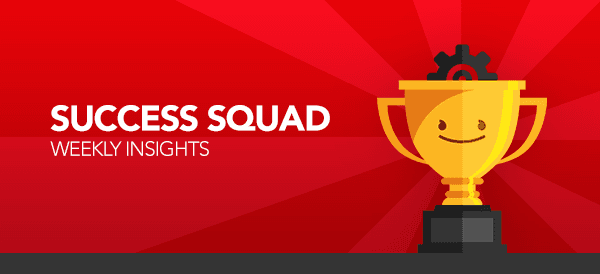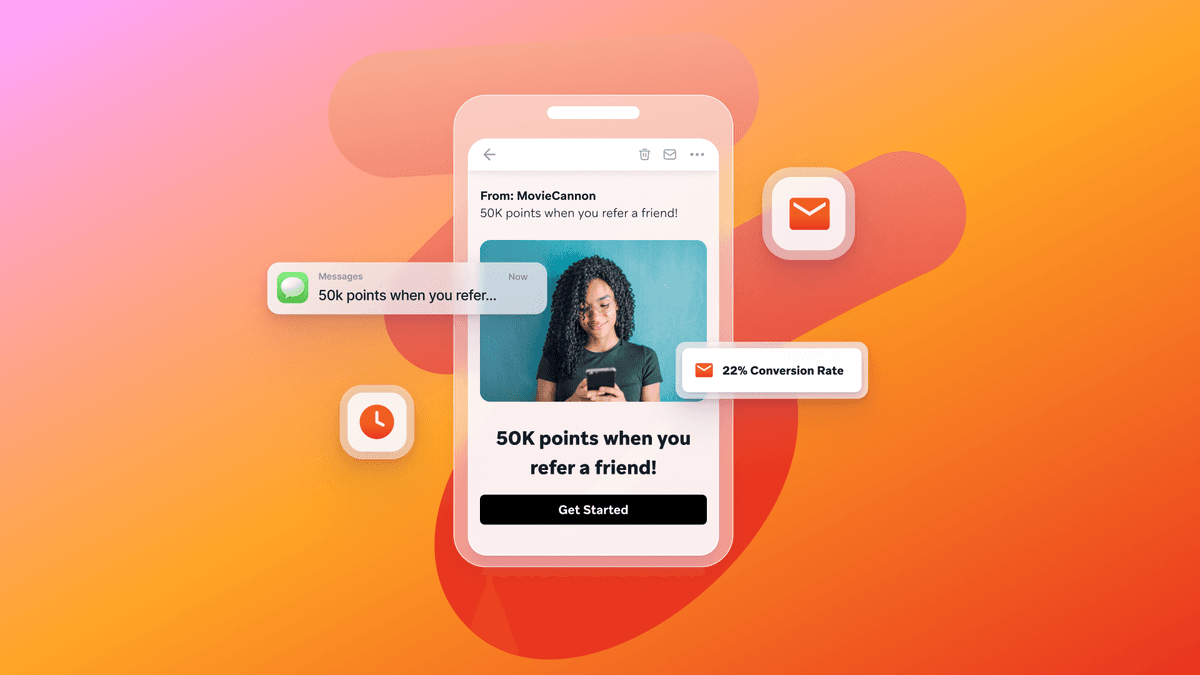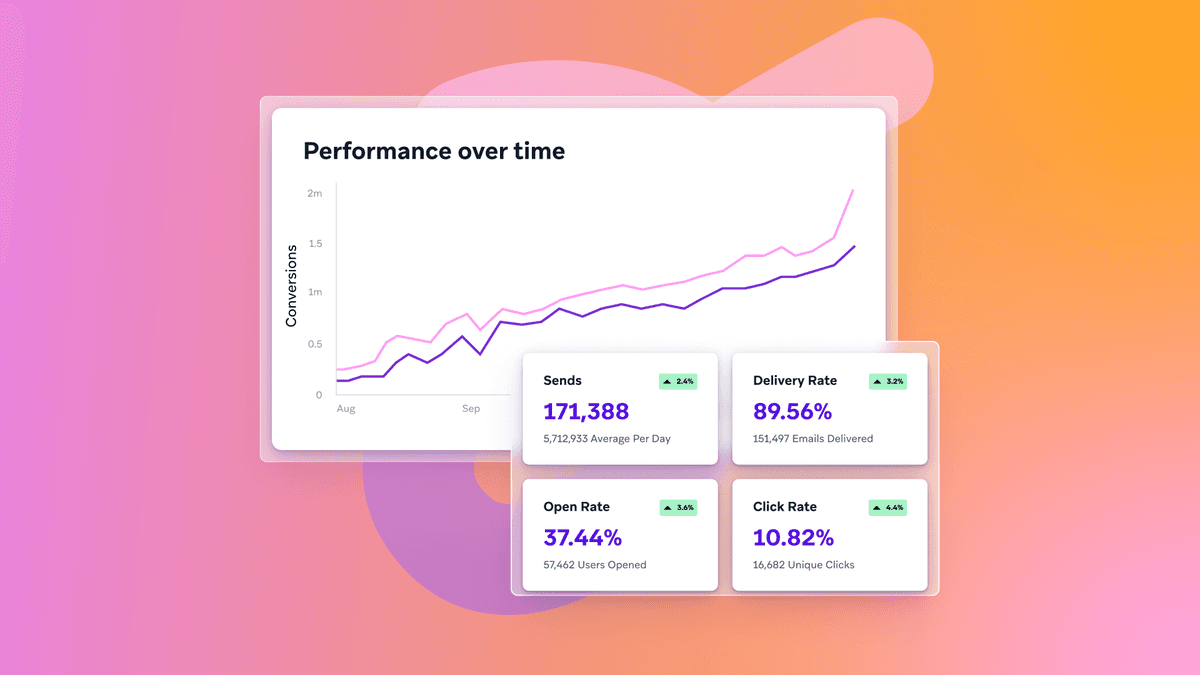Key Takeaways From Google I/O
Published on June 27, 2014/Last edited on June 27, 2014/2 min read


Team Braze

Google’s keynote focused almost entirely on Android, but not necessarily just on mobile devices. The presentation revealed plans to expand Android’s domain to TVs, cars and wearable devices like watches. All of these new territories for Android are enhanced or driven by integration with the user’s phone, giving app developers the chance to interact with different technologies and provide content in different and exciting ways. For example, the extensive demo of Google’s latest Android Wear offerings included demonstrations of a food ordering app that allows customers to easily repeat delivery orders with a few taps, and an app that parses a long recipe into individual steps that can be read easily on a watch. This functionality is driven (and kept up-to-date) by the app installed on the user’s phone.
Android’s integration into more screens and devices provides app creators with a multitude of additional ways to interact with users. Instead of offering limited, preset integration with these current devices, Google is unleashing SDKs that will allow the creation of apps catered for these new platforms.
In addition to expanding to new frontiers, Google is beautifying Android with its Material Design UI. This UI framework also can be utilized for building web pages, with the intended goal of allowing designers to provide a seamless, easy-to-create and appealing visual experience in both their app and website. The style guide that Google published with the announcement of Material Design introduces a flattened, simplistic look and emphasizes the importance of user interaction in design.
Google Play is also getting some more features geared around user interaction and engagement. Games can set time-sensitive “Quests” that are aware of actions that the user takes within the app, providing an avenue for app owners to re-engage their users with exciting content. Google is also moving toward creating unified APIs for things such as fitness trackers, similar to Apple’s HealthKit coming in iOS 8. These latest features allow all apps to expand their functionality and utility, not just those that could be fit into a particular use case with new hardware.
Be Absolutely Engaging.™
Sign up for regular updates from Braze.
Related Content
View the Blog
Finding the best time to send marketing emails: Unlocking engagement and conversions

Team Braze

App engagement metrics: From onboarding to long-term loyalty

Team Braze

July 2025 Bonfire Marketer of the Month: Wondery’s Jenna Falk
